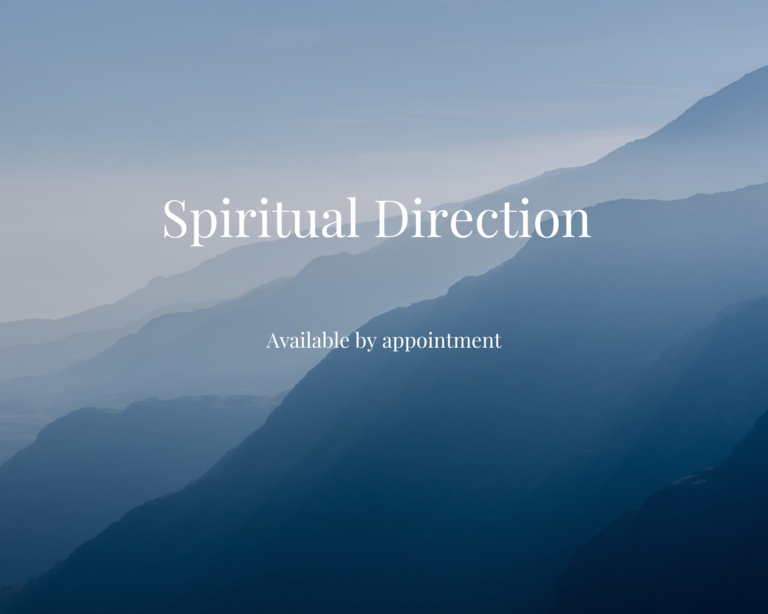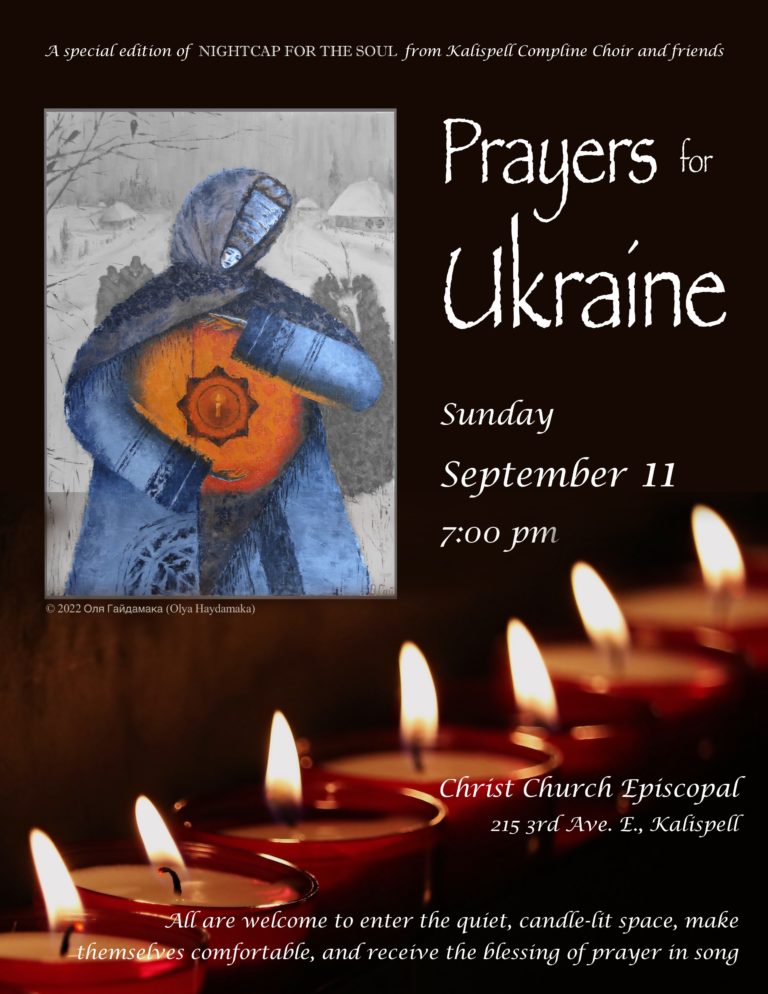At Adult Formation we had an interesting session of “Big Questions.” We talked about everything from scripture and salvation to hymns and convention. When we do this activity in youth group we call it “Stump the Priest” and indeed I got stumped by a question.
“What group has chosen the weekly liturgical lessons for church worship? How are lessons/readings chosen?”
I have been praying with different forms of the lectionary for many many years and it never occurred to me to ask where its origins were. I understood it to be a long standing tradition of the church, that it had evolved over time, and how it functions today, but not about its origins. So, I thought I would share with you what I learned.
The Jewish mitzvah of Torah reading dates back to Moses but was laid out explicitly by Ezra the Scribe after the return of the Judean exiles from the Babylonian captivity in 537 BCE. When Jews who were followers of Jesus began to develop the early church the practice of a standardized schedule of scripture. The earliest known book of Christian lectionary readings was written at the behest of the 3rd century Bishop Venerius of Marseilles. Since then it has, of course, undergone many revisions.
Currently The Episcopal Church uses three lectionaries.
The first, which you are likely most familiar with, is the Revised Common Lectionary which we use for Sundays and major feasts. It is a three-year cycle. Each new year, A, B, or C begins on the first Sunday of Advent each year. During the ordinary time following Pentecost there are two tracks. The Old Testament reading and Psalm appointed are in track one, relatively sequential. This is known as the narrative lectionary because it walks us through whole stories. Track two is more thematic and the Old Testament reading and Psalm appointed are related to the Gospel in a way that helps us to understand the connectedness of the whole canon of scripture. If you would like to know more or follow along with upcoming readings, you can find out more on page 888 of the Book of Common Prayer or on the Lectionary Page.

The second is the daily eucharistic lectionary which can be found in Lesser Feasts and Fasts. This lectionary works through our calendar of Saints and Holy people. It is a one year cycle.
The third is the Daily Office lectionary (you can find it on page 934 of the BCP). It runs a two year cycle and has longer readings. It cycles through the Psalms every seven weeks (with breaks for seasonal appropriateness during Advent, Lent, and Easter.
I hope this answers your questions. I’m always happy to talk about geeky church history or anything else you would like to discuss.
Peace,
Fr. Sadie
Join us for Formation each Sunday at 9 AM and sign up for our newsletter to stay up to date on events and conversations at Christ Church.



